Rare example of bonds between common elements
![]()
Chemists have prepared the first cyclic molecule to contain both aluminium and silicon. Analogous to cyclohexane, the centrosymmetric Al2 Si4 heterocycle adopts a chair conformation but swaps two N2 Al units and four SiH2 groups for cyclohexane’s six methylene groups.
Aluminium and silicon are two of the most abundant elements in Earth’s crust and cyclic silicon and aluminium compounds have received a lot of attention due to their unique bonding and reactivity. However, the weakness of silicon–aluminium bonds means chemistry combining the two elements is typically confined to theoretical calculations.
Now, a team led by Herbert Roesky from the University of Göttingen, Germany, has made three compounds containing silicon–aluminium bonds, one of which is a six-membered ring system with four silicon and two aluminium atoms. The team made the molecule by inserting a low valent silicon atom supported by an amidinate ligand into the aluminium–hydrogen bond of an alane. Rearrangement of the amidinate ligand from silicon to aluminium follows and a hydride migration from aluminium to silicon gives the final heterocycle (PhC(NtBu)2 Al)2 (SiH2)4. The colourless crystals formed are air and moisture sensitive, but are stable under nitrogen for over one month.

As well as being interesting new chemistry, this work has the potential to open up routes to new main group catalysts, with one of the compounds already found to activate bridging Al–H bonds.


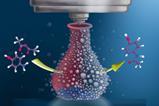
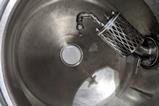

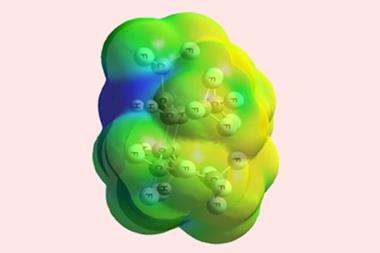
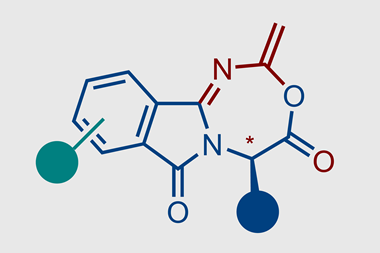
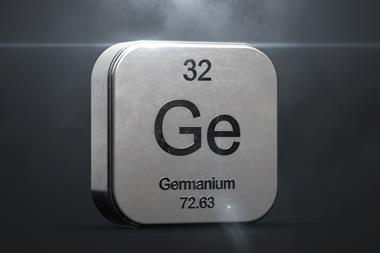
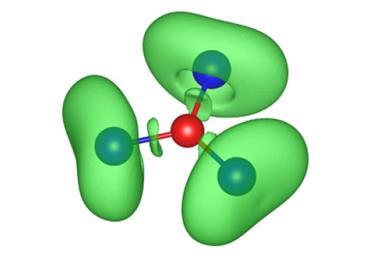








No comments yet